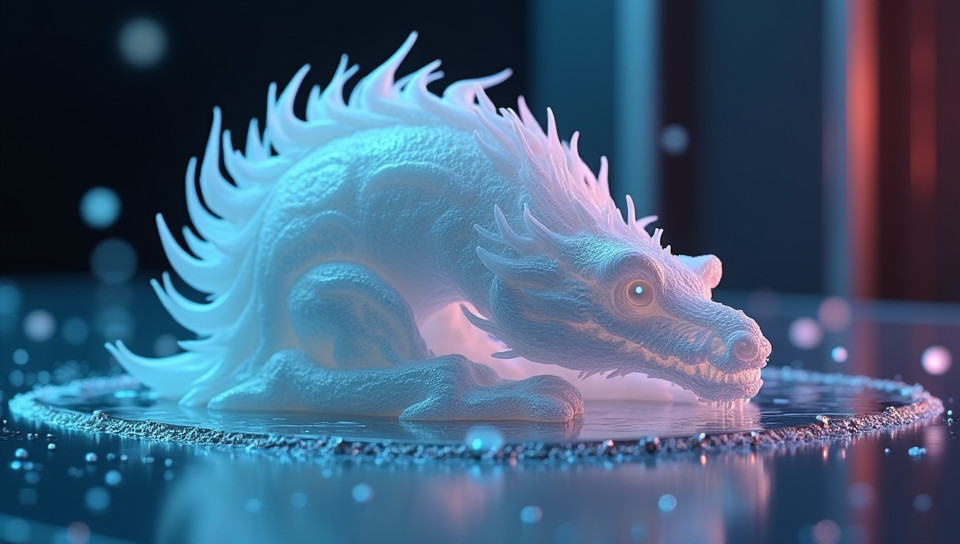Stereolithography (SLA) is an early form of 3D printing innovation 77%

The Pioneering Spirit of Stereolithography (SLA) in 3D Printing
In the world of 3D printing, there are many technologies that have revolutionized the way we design and manufacture objects. Among these technologies, one stands out for its pioneering spirit: Stereolithography (SLA). Also known as resin 3D printing, SLA has been at the forefront of innovation since its inception in the late 1980s.
Early Beginnings
Stereolithography was first developed by Chuck Hull in 1986. This technology uses a laser to solidify liquid photopolymer resin layer by layer, creating a highly detailed and accurate model. The process involves projecting a pattern of light onto the resin, which then cures to form a solidified layer.
Advantages of SLA
SLA offers several advantages over other 3D printing technologies:
- High resolution and accuracy
- Smooth surface finish
- Ability to produce complex geometries
- Fast print speed for small to medium-sized parts
- Versatility in material selection, including transparent and colored resins
Applications of SLA
The applications of SLA are vast and diverse. Some examples include:
- Rapid prototyping and tooling
- Dental and medical modeling
- Jewelry design and production
- Artistic creations and sculptures
- Aerospace and automotive model making
Impact on Industry and Society
Stereolithography has had a significant impact on various industries, including aerospace, automotive, healthcare, and consumer goods. By enabling rapid prototyping and production, SLA has accelerated product development cycles, reduced costs, and improved overall efficiency.
Conclusion
In conclusion, Stereolithography (SLA) is an early form of 3D printing innovation that has paved the way for the industry's growth and advancements. Its high resolution, accuracy, and versatility have made it a preferred choice among designers, engineers, and manufacturers worldwide. As technology continues to evolve, we can expect SLA to remain at the forefront of innovation, driving progress in various fields and shaping the future of 3D printing.
- Created by: Mohammed Ahmed
- Created at: Aug. 11, 2024, 10:39 p.m.
- ID: 6847
